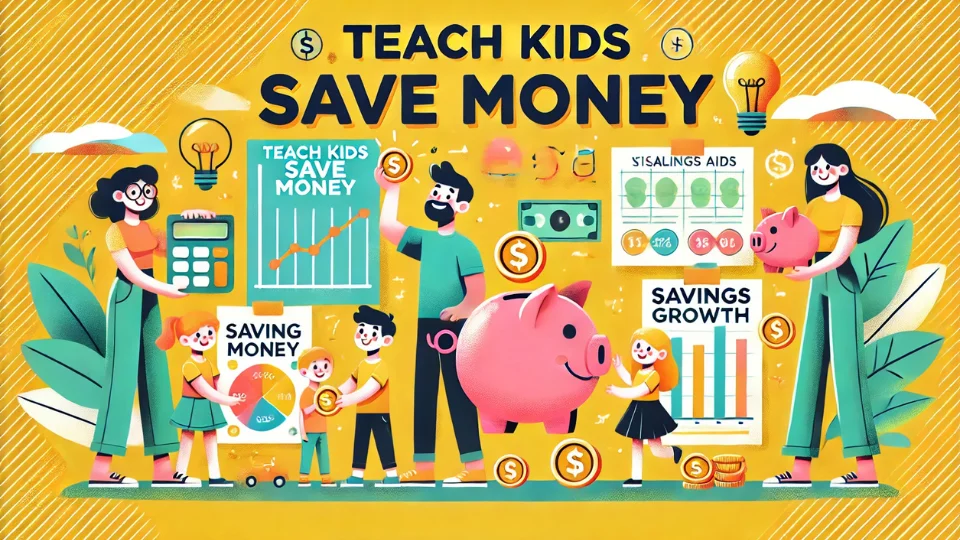How to Teach Kids and Teens the Value of Saving Money?

Money habits start young. Yet, many kids grow up without learning how to handle finances wisely. Schools rarely focus on financial education, leaving it to parents to teach the value of saving. But how can you save money if you don’t understand its importance early on? Turning saving into an engaging, real-life lesson rather than a boring lecture is key. This guide explores practical ways to help young minds understand the importance of saving and developing innovative financial habits.
Start With Simple Conversations

Teaching kids about money begins with open discussions. Instead of treating finances as a secret adult topic, involve them in everyday conversations about spending and saving. Explain where money comes from, how it is earned, and why it’s essential to save for future needs.
For younger kids, use simple language and real-life examples. Ask them, “What if you want a new toy but don’t have enough money? How can you save money?” This helps them connect saving with their wants and goals.
Make Saving Fun and Rewarding

If saving feels like a chore, kids will resist it. The trick is to turn it into a fun challenge. One way to do this is with a savings jar or a digital piggy bank, where they can see their money grow. Offer small rewards when they reach their savings goals, such as an extra allowance bonus or a small treat.
For teens, introduce saving apps or bank accounts that let them track their progress. Many apps allow them to set savings goals, round up purchases, or earn interest. Seeing their savings grow through digital tools makes the process more modern and engaging.
Teach by Example

Kids learn best by watching the adults around them. If they see you making smart financial choices, they’re more likely to do the same. Talk openly about your own savings goals—whether it’s a family vacation, a new car, or a home project.
For teenagers, involve them in real-life financial decisions. Explain why you buy specific items on sale or opt for generic brands. The more hands-on experience they get, the better they’ll understand the importance of financial planning.
Encourage Earning Their Own Money

One of the best ways to teach the value of money is to let kids earn it. Instead of simply handing them an allowance, encourage them to complete age-appropriate tasks. Younger kids can help with household chores, while teens can explore part-time jobs, babysitting, or selling handmade crafts online.
When children work for their money, they appreciate it more. With their earnings, encourage them to divide their money into three categories—spending, saving, and giving. This balanced approach helps them understand responsible money management.
Help Them Set Goals and Budget

Saving without a goal feels pointless, especially for kids. Help them identify something they want—a toy, a gadget, or a unique experience. Break down how much they need and how long it will take to save for it. This teaches patience and planning, two essential financial skills.
For teenagers, introduce budgeting techniques. Show them how to track their income and expenses using a notebook or a budgeting app. Intuit offers tools that simplify budgeting, helping them visualize their financial habits.
Teaching kids and teens about saving money is a gift that lasts a lifetime. By making money conversations normal, adding fun to saving, leading by example, encouraging them to earn, and guiding them through budgeting, you set them up for financial success. These small but impactful lessons shape their future attitudes toward money. The goal isn’t just to teach them how to save—to empower them with the confidence to make smart financial choices.






